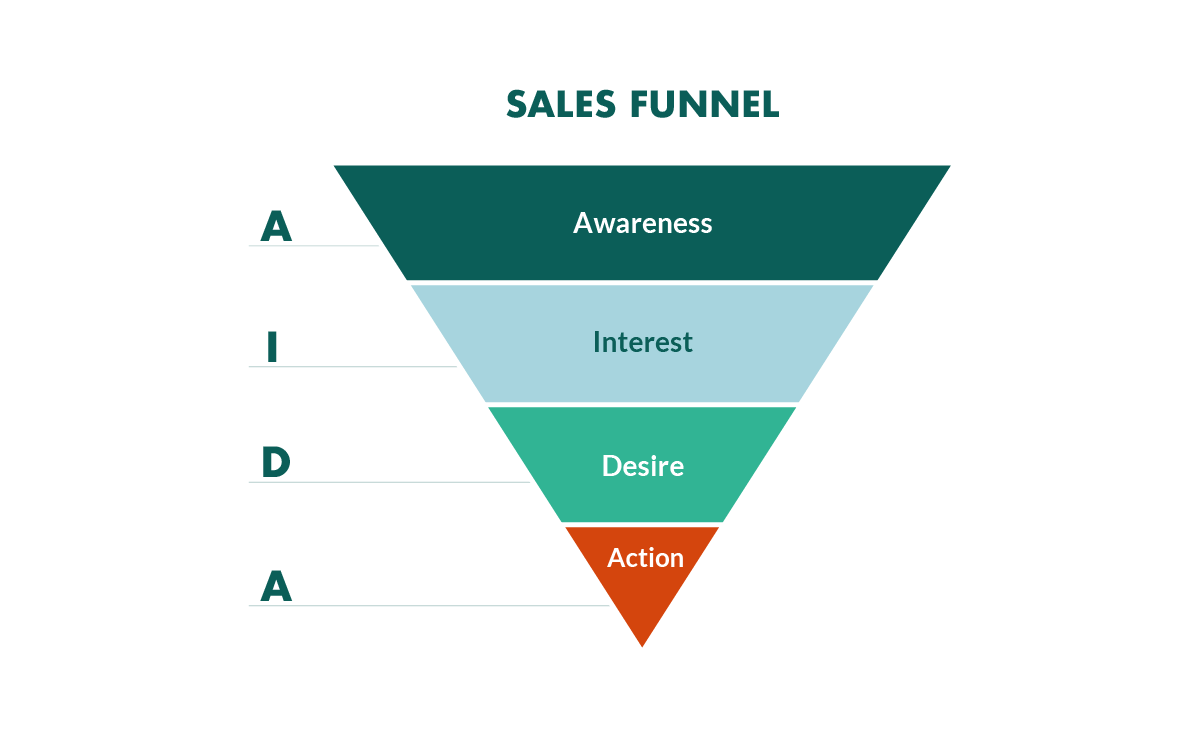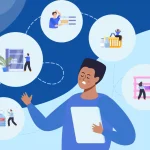
In the current competitive digital world, companies cannot afford to turn to guesswork when it comes to converting prospects to loyal consumers. An effective sales funnel that can convert is the beating heart of any contemporary marketing process and directs potential customers to buy correctly based on sharp targeting. By 2025, there will be evolving consumer behaviour and evolving technology, and your funnel will never be able to be optimised.
What is a Modern Sales Funnel?
The process that a sales funnel involves is the step-by-step process that drives the prospects through the various stages, which include awareness, interest, decision, action, and sales funnel audit. Although the idea is not new, 2025 presents new challenges and new opportunities. The use of AI to personalise, voice search optimisation, and a higher order of data analytics are revolutionising the process through which businesses can attract, cultivate, and convert leads.
Step 1: Impression of the right audience
The initial phase of a sales funnel that converts is entirely about visibility. This implies the application of specific strategies such as:
- Effective, search engine optimised blogs, videos, and infographics
- Promotional campaigns via social media on your ideal customer demographic
- Displaying ads and targeting the audience according to particular criteria on websites such as Google Ads and Facebook
By 2025, it is expected that hyper-personalised marketing with the use of AI tools will be the norm. Companies are now able to divide the customer base with greater precision on behaviour, interests, and purchasing intent than ever before.
Step 2: Develop Trust and Lead Nurturing
After potential customers come through your funnel, your desire is to gain credibility. This will be obtained in the following ways:
- Free resources, eBooks, webinars, mini-courses
- Personalised email series triggered by the user’s behaviours
- Demonstrating case studies and testimonials to strengthen confidence
Lead nurturing does not involve hard-selling but establishing meaningful touchpoints to stimulate the prospect to view your brand as a good solution provider.
Step 3: Convert through lifted Call to Actions
Crystal-clear calls-to-action (CTAs) at each stage make a high-converting sales funnel. Such CTAs must be customizable according to the stage of progress of the lead. Examples include:
- “Download Your Free Guide” awareness-stage visitor
- “Book a Free Consultation” as a lead-nurturing idea with decision prospects
- “Immediate Purchase with 20% Discounts” to people willing to act now
The quality of CTA on mobile devices is vital in 2025 because mobile traffic still dominates online interaction.
Step 4: Retain and Upsell
Once the initial sale has been made, your sales funnel does not stop. The profitability in the long term is in keeping the customers and making them come back to buy again. Introduce the loyalty schemes and recommendations, as well as special deals, to the regular consumers. It is also possible to raise the lifetime value considerably through upselling and cross-selling relevant products.
Step 5: Measure, Analyse and Optimise
The information is your best friend. Monitor conversion, drop-off, and engagement levels with the help of the analytics program. Test your landing pages, emails, and CTAs incessantly so your funnel remains up to date and efficient.
Final Thoughts
By 2025, creating a high-converting sales funnel will be less about conjecture and more about marketing made with data. Concentrating on the targeting of the audience, building trust, CTAs, retention strategies, and optimisation on a regular basis will help your business to succeed in the competitive market that becomes more saturated.


